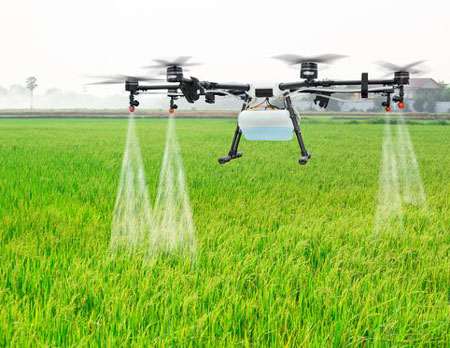Onion
Twister-Anthracnose
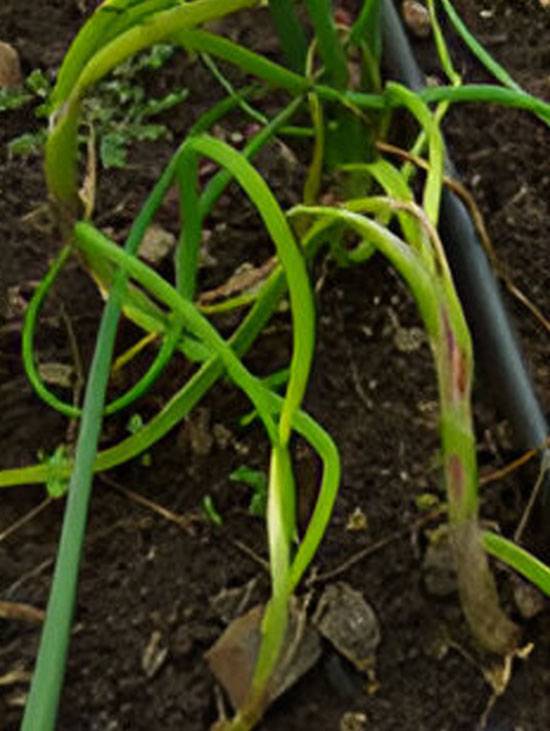
Colletotrichum gloeosporioides and Gibberella moniliformis, Fusarium species
Fungal Disease
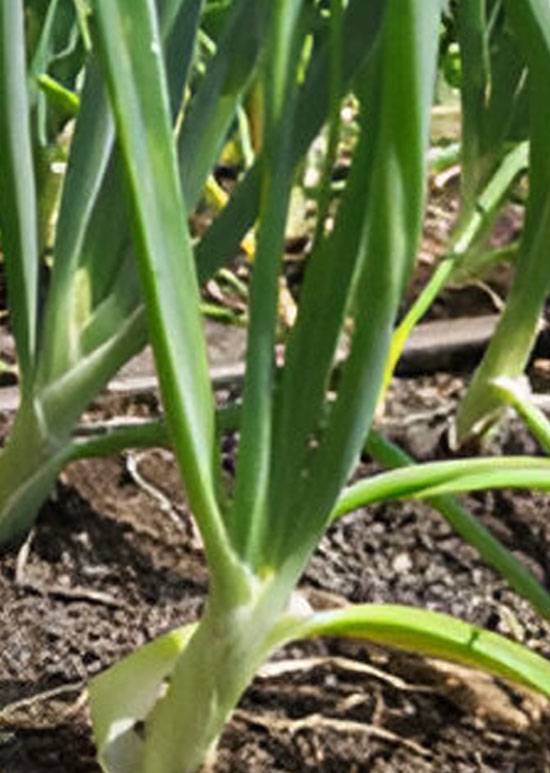
Colletotrichum gloeosporioides and Gibberella moniliformis, Fusarium species
Fungal Disease
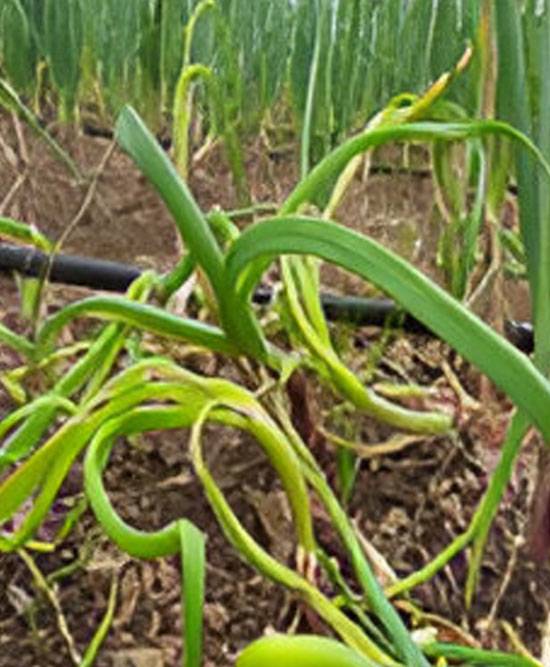
Colletotrichum gloeosporioides and Gibberella moniliformis, Fusarium species
Fungal Disease
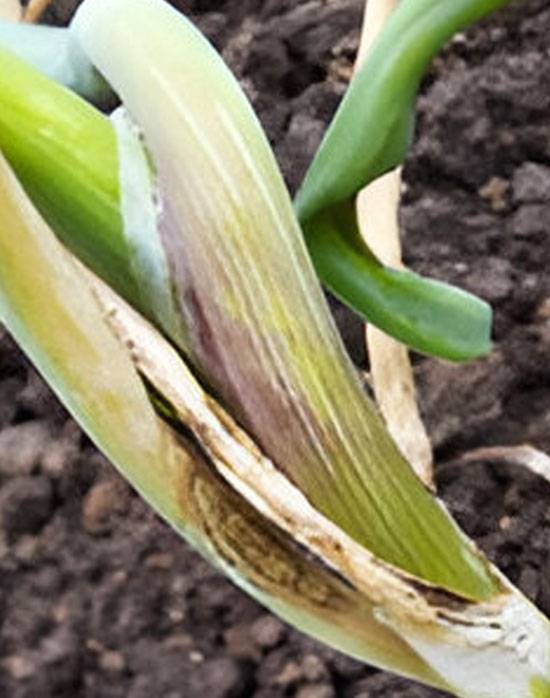
Colletotrichum gloeosporioides and Gibberella moniliformis, Fusarium species
Fungal Disease
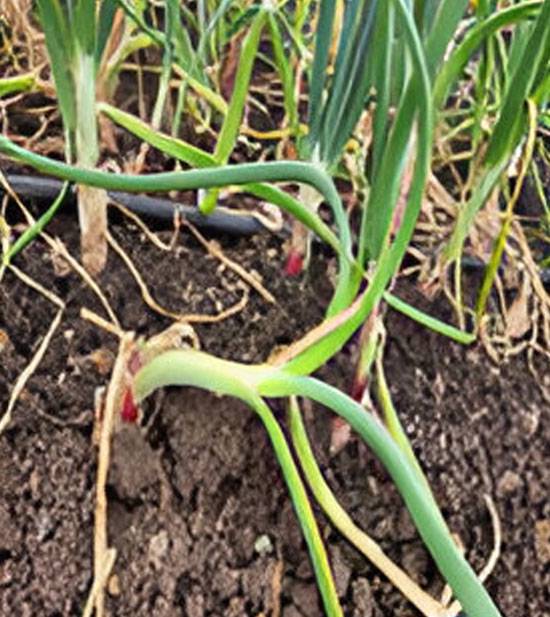
Colletotrichum gloeosporioides and Gibberella moniliformis, Fusarium species
Fungal Disease
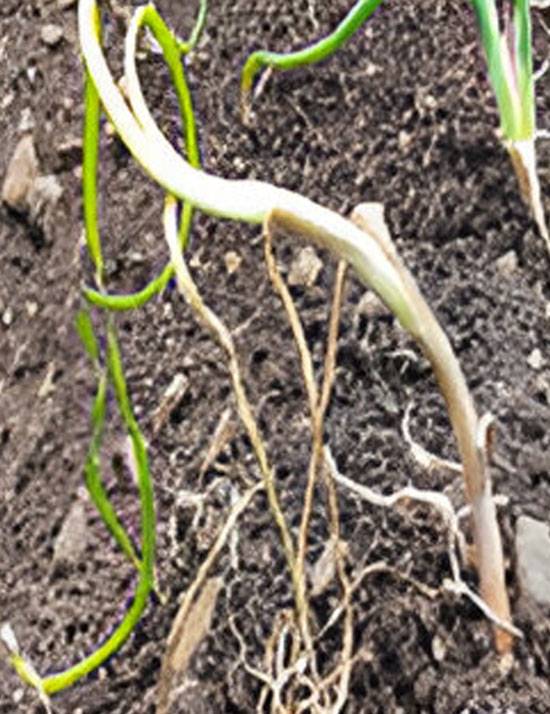
Colletotrichum gloeosporioides and Gibberella moniliformis, Fusarium species
Fungal Disease
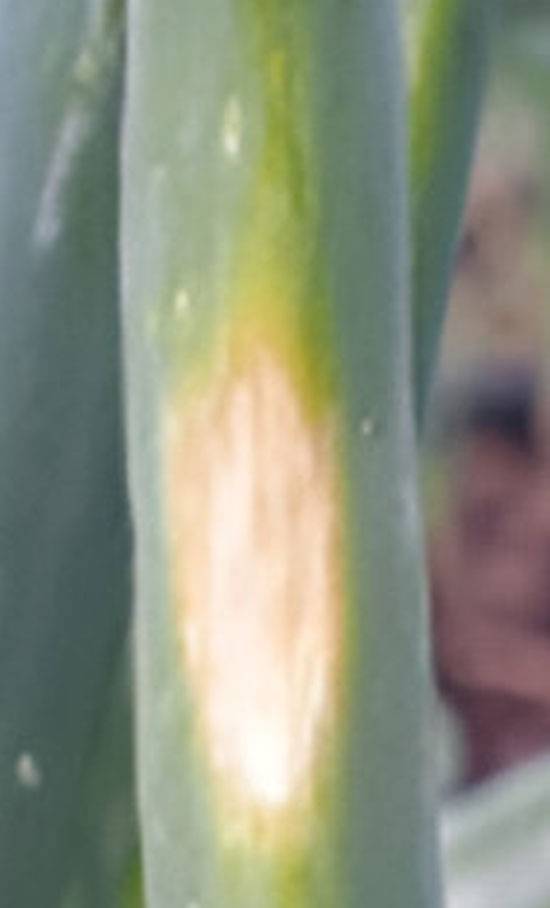
Colletotrichum gloeosporioides and Gibberella moniliformis, Fusarium species
Fungal Disease
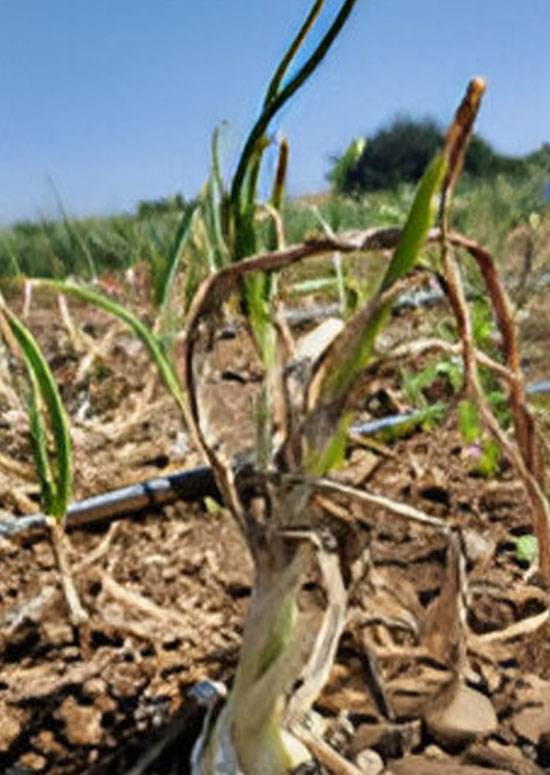
Colletotrichum gloeosporioides and Gibberella moniliformis, Fusarium species
Fungal Disease
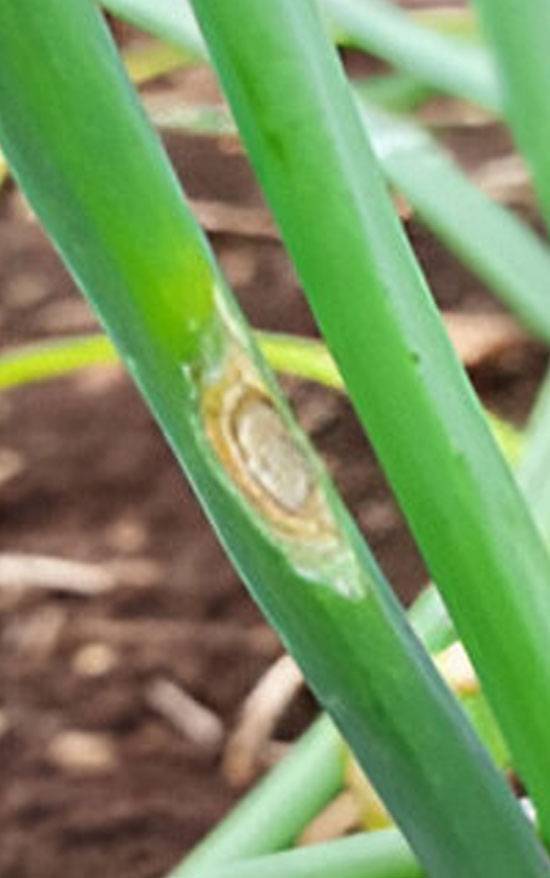
Colletotrichum gloeosporioides and Gibberella moniliformis, Fusarium species
Fungal Disease
Twister disease, also known as anthracnose, seven curls, or the twister-anthracnose complex, is a significant problem in onion production, particularly in humid regions. This disease can severely reduce both productivity and the quality of onion crops, leading to substantial economic losses for farmers.
Symptoms and Disease Progression
The initial symptoms of twister disease are seen as white or pale-yellow water-soaked, oval, depressed lesions on the leaf blades. As the disease progresses, these lesions expand and become more pronounced, with black, slightly elevated fruiting bodies (pathogen structures) forming in concentric rings at the center of the lesions.
Twister disease causes the leaves to curl, twist, and turn chlorotic (yellow), accompanied by abnormal neck or pseudo-stem elongation. In more severe infections, the disease advances to the bulb, leading to bulb rotting and the eventual death of the plant. If left unmanaged, the disease can drastically reduce productivity and bulb quality, making the crop unmarketable.
The twisting of the leaves and abnormal elongation of the neck are thought to be caused by an excess production of gibberellin—a plant hormone—induced by the pathogens Colletotrichum gloeosporioides and Gibberella moniliformis.
Pathogens and Disease Spread
Twister disease is primarily caused by Colletotrichum gloeosporioides and various Fusarium species. The disease typically begins to manifest about 30 days after planting. Initially, water-soaked lesions appear on older leaves, turning into white specks and eventually sunken, chlorotic spots. These spots later coalesce into larger, dark brown lesions that develop salmon- or orange-colored spore masses (conidia), which spread the infection.
Over time, the disease progresses from the leaf blades to the neck region and eventually the bulb. Infected bulbs show dark concentric lesions on the outer scales, leading to the deformation and rotting of the bulb.
Environmental Factors
The severity of twister disease is highly dependent on environmental conditions. High relative humidity (95 ± 5%) for more than 24 hours and temperatures of 25°C or above are ideal conditions for the disease to thrive. Rainfall, prolonged leaf wetness, and waterlogging are key contributors to the disease's development and spread. The co-occurrence of water stress and anthracnose during the onion crop cycle can exacerbate the disease.
Impact and Management
In unmanaged crops, twister disease can destroy up to 50% or more of the onion bulbs, leaving them covered in black concentric lesions and leading to plant death or wilting. Effective management includes monitoring environmental conditions, ensuring proper drainage to avoid waterlogging, and using fungicides to prevent disease spread.
By maintaining a close watch on humidity and temperature conditions and applying timely interventions, farmers can reduce the impact of this devastating disease.


